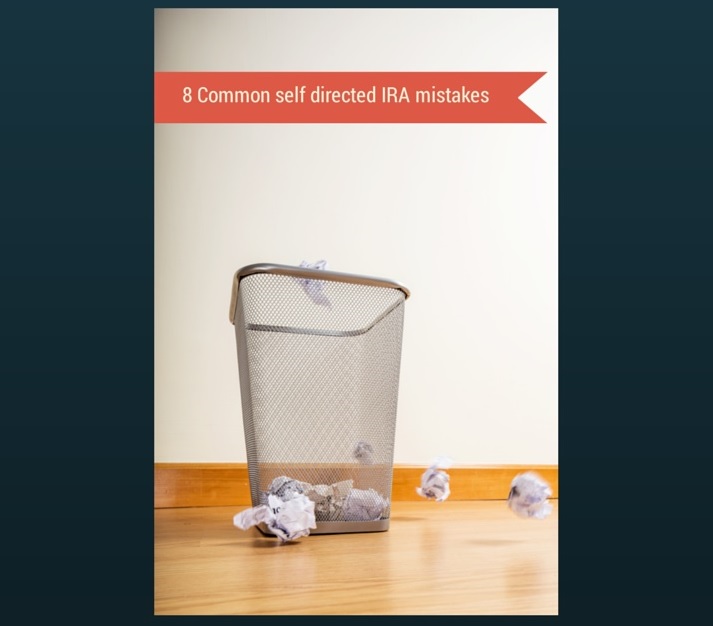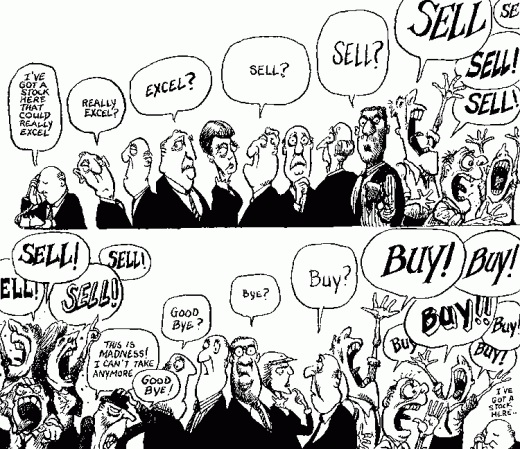The Inflation and Deflation Balancing Act
“The test of a first-rate intelligence is the ability to hold two opposed ideas in mind at the same time and still retain the ability to function.” – F Scott Fitzgerald
The US has become a two choice society. We are consistently bombarded with the idea that our choices are binary. You have to vote republican or democrat, pro-life or pro-choice, for this idea or against it. Why is it that our choices in life are being limited to only two choices? Neither of which is chosen by us. Two positions in a debate are chosen and we have to choose from which one we like the best, or more commonly which one we dislike the least.
If you watch most news stations, they bring up two people to discuss an issue and usually both are extreme views, and you are supposed to pick a side. When did we become a binary choice society? During the next presidential election, we will have to choose between two people. I cannot remember the last time that I spoke to anyone who “liked” either choice. The conversation always ends up with the phrase, “yes I know he isn’t great… but he is certainly better than the other guy.” I’m willing to bet that the majority of people in the US (whether they know it or not) vote for the lesser of two evils. This means they are not voting for a candidate, they are voting against the other candidate. Really??? Our voting choices really come down to a dilemma? Our choices for the future of this country are based on who we can tolerate the most? It astounds me that more people don’t realize that they do this. But I digress,
The Inflation and Deflation Balance
The balance between inflation and deflation is much the same idea as many of our choices between two opposing ideas. It is a false dilemma. It is not a binary choice. Technically if you subscribe to the theory that inflation or deflation are measured by the CPI, then actually inflation and deflation would be measured by degrees rather than a binary choice. However, this assumes that the CPI method of measurement is an accurate measurement. What if inflation and deflation are not your only choices?







